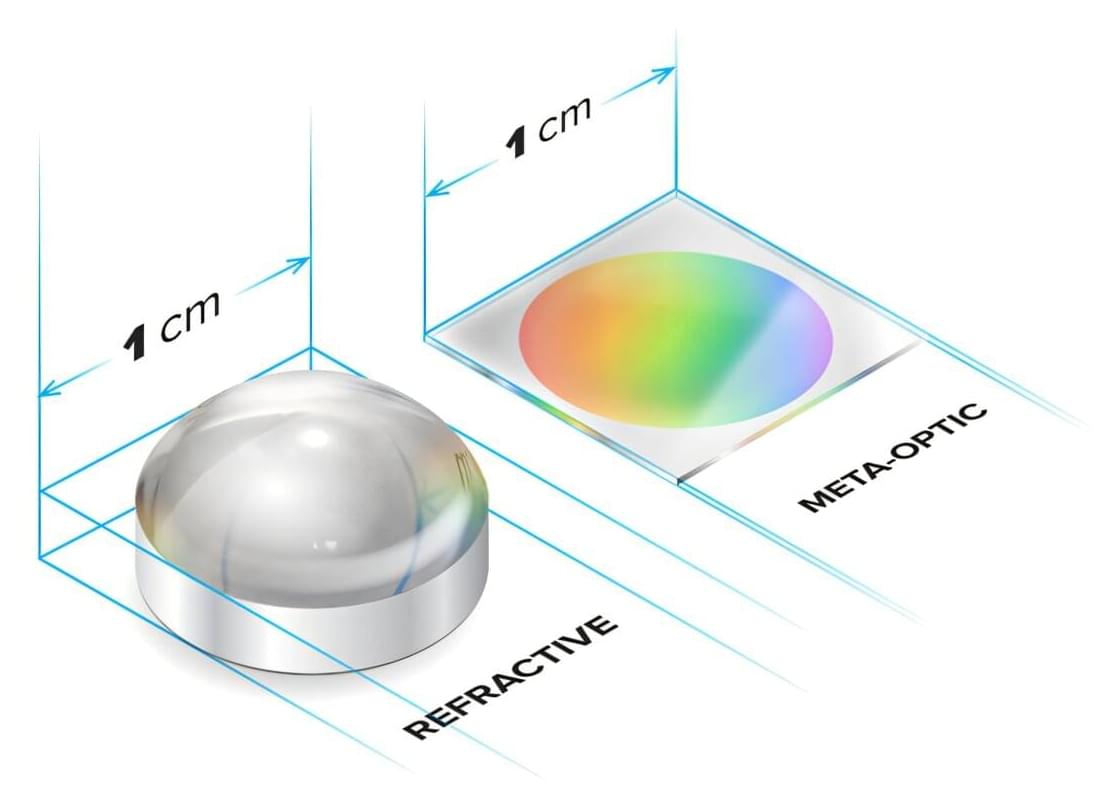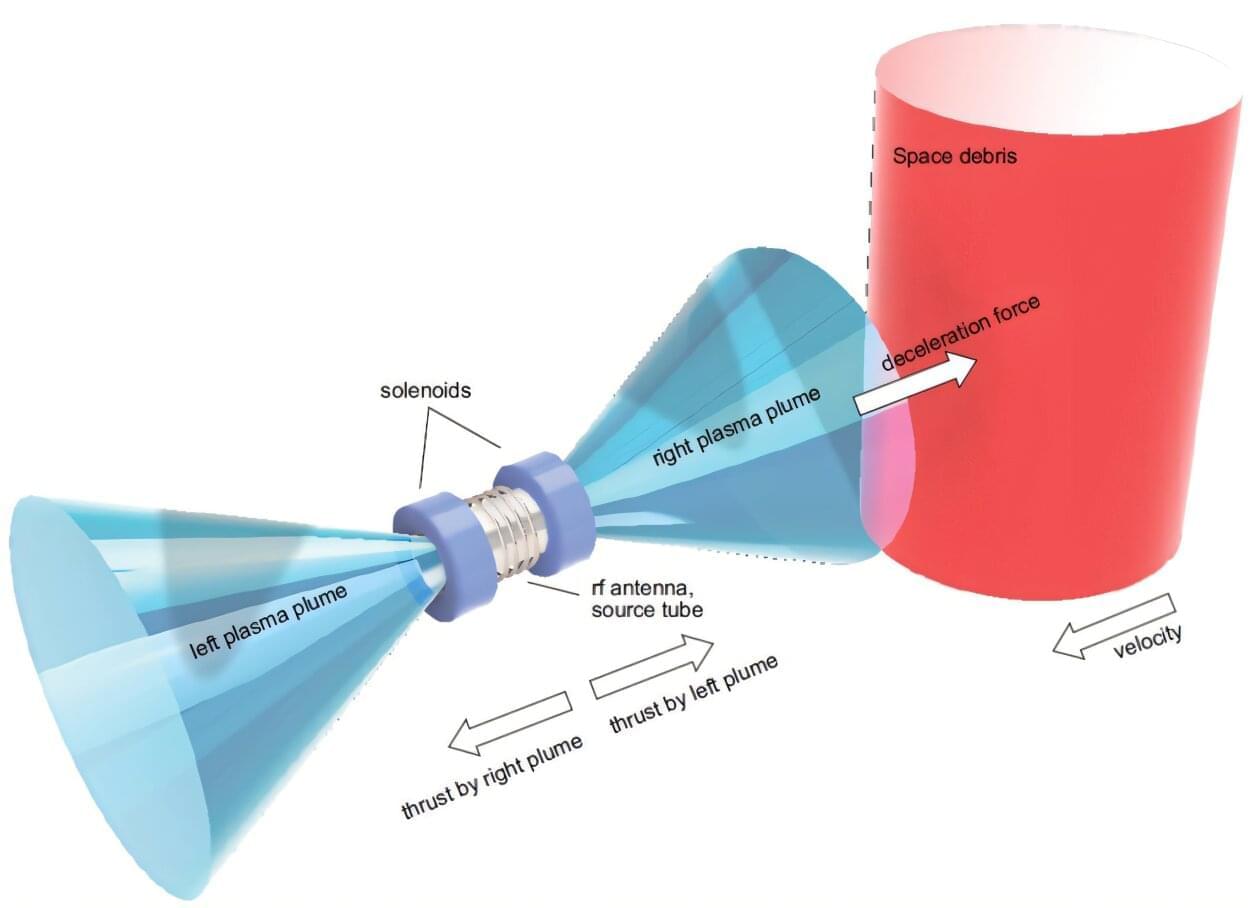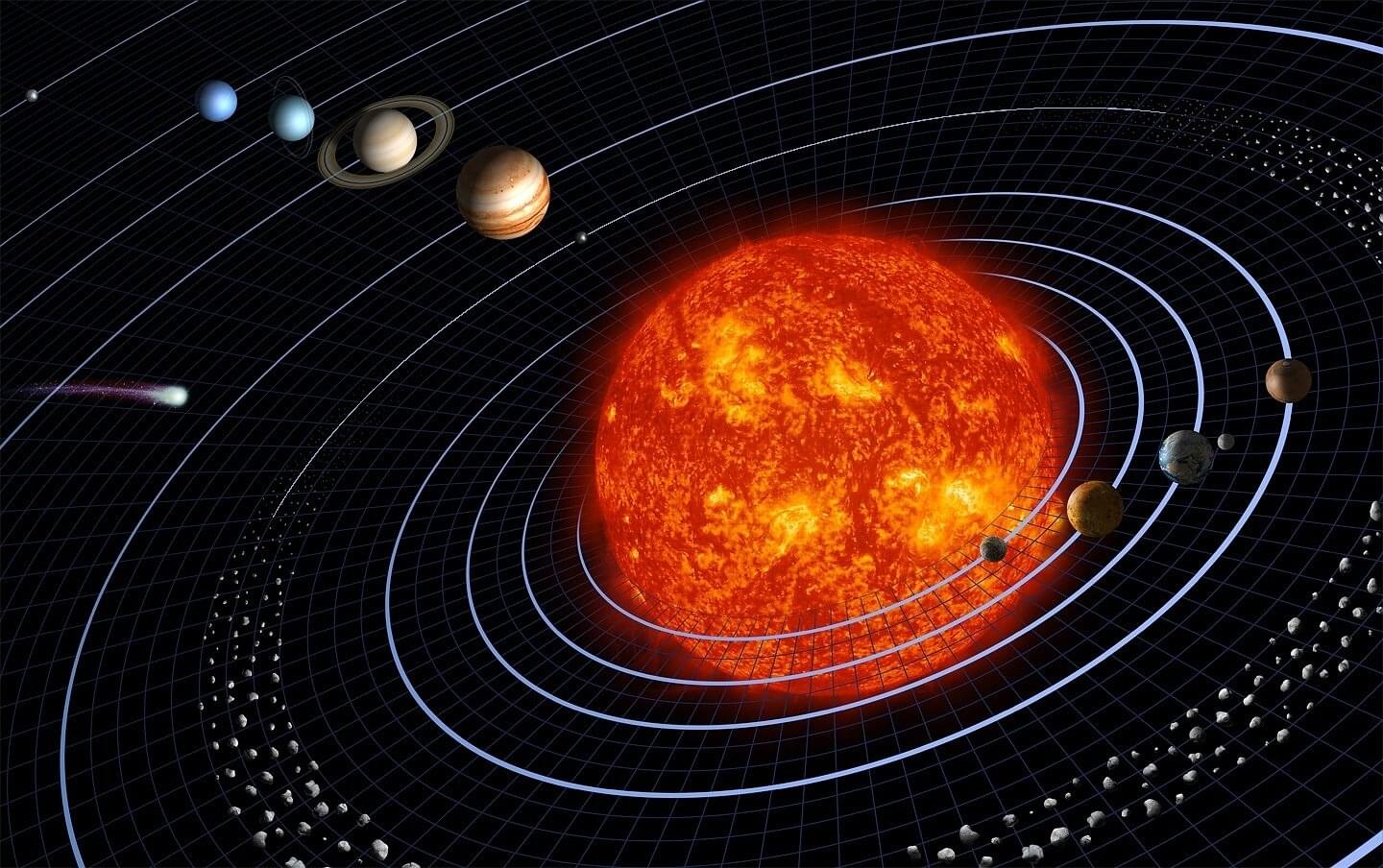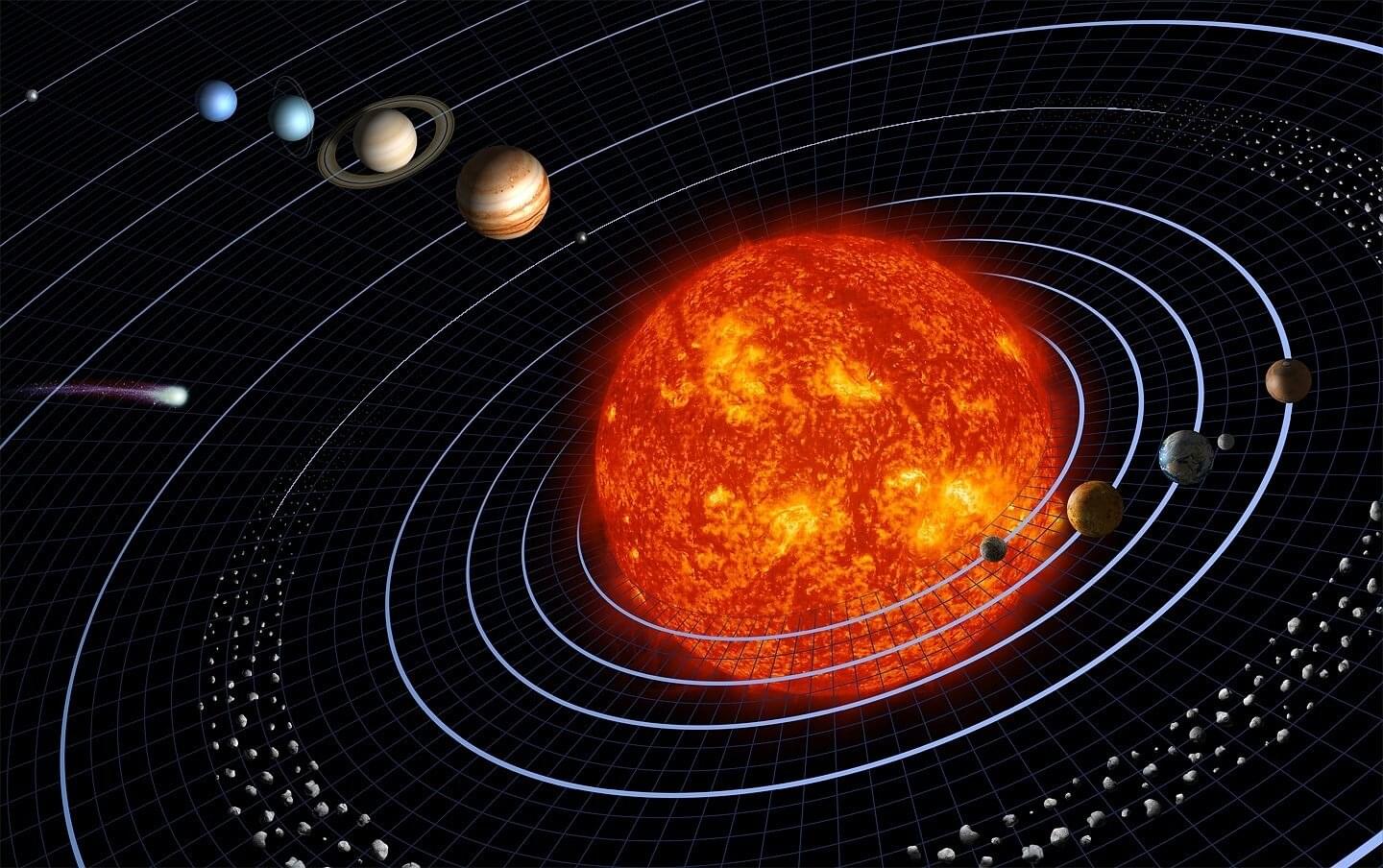Cameras are everywhere. For over two centuries, these devices have grown increasingly popular and proven to be so useful, they have become an indispensable part of modern life.
Today, they are included in a vast range of applications—everything from smartphones and laptops to security and surveillance systems to cars, aircraft, and satellites imaging Earth from high above. And as an overarching trend toward miniaturizing mechanical, optical, and electronic products continues, scientists and engineers are looking for ways to create smaller, lighter, and more energy-efficient cameras for these technologies.
Ultra-flat optics have been proposed as a solution for this engineering challenge, as they are an alternative to the relatively bulky lenses found in cameras today. Instead of using a curved lens made out of glass or plastic, many ultra-flat optics, such as metalenses, use a thin, flat plane of microscopic nanostructures to manipulate light, which makes them hundreds or even thousands of times smaller and lighter than conventional camera lenses.






